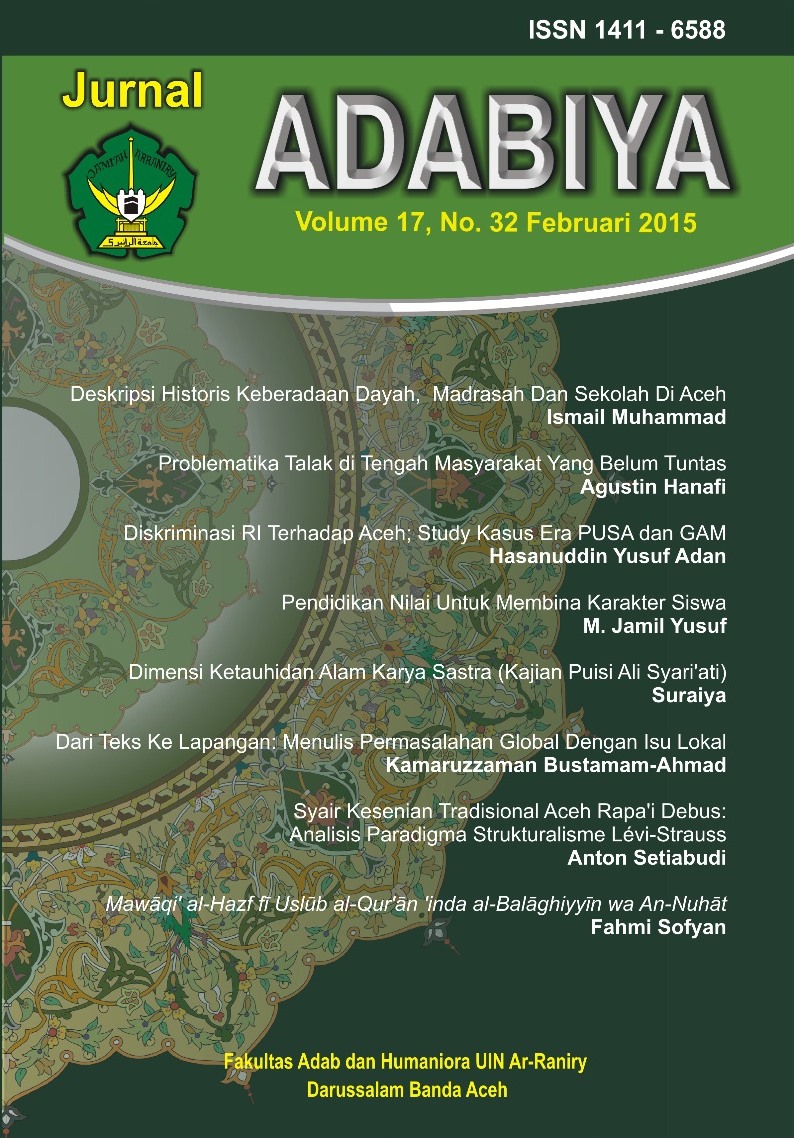References
Allan Menzies, “History of Religion”, pener-
jemah M. Amat Asnawi, History of Religion:
Sejarah Kepercayaan dan Agama-Agama
Besar Dunia. Yogyakarta: Indoliterasi,
Catherine Bell, Ritual Theory Ritual Practice.
New York: Oxford University Press, 1992.
Charlotte Seymour Smith, Macmillan Dictio-
nary of Anthropology. London: Macmillan
Reference Books, 1993.
Emile Durkheim, The Elementary Form of Reli-
gious Life. London: Allen and Unwin, 1915
Hari Poerwanto, Kebudayaan dan Lingkungan
dalam Perspektif Antropologi. Yogyakarta:
Pustaka pelajar, 2008.
Koentjaraningrat, Pengantar Ilmu Antropologi.
Jakarta: PT Rineka Cipta, 2009.



